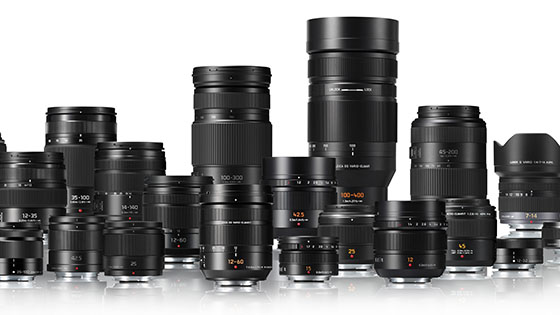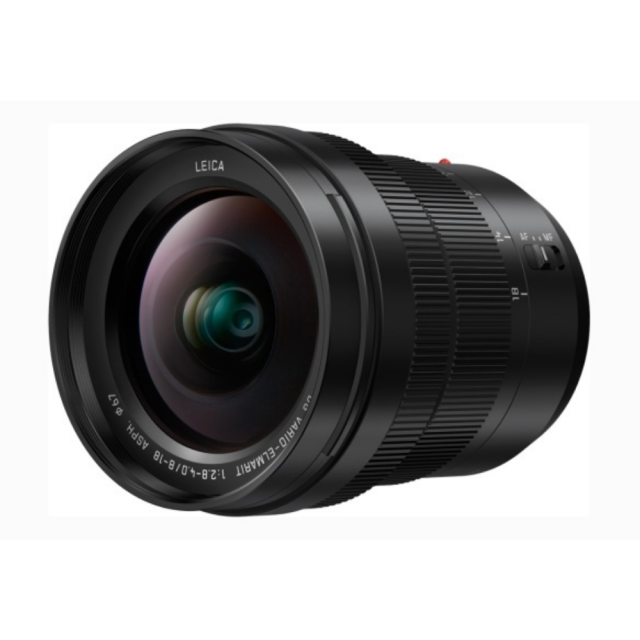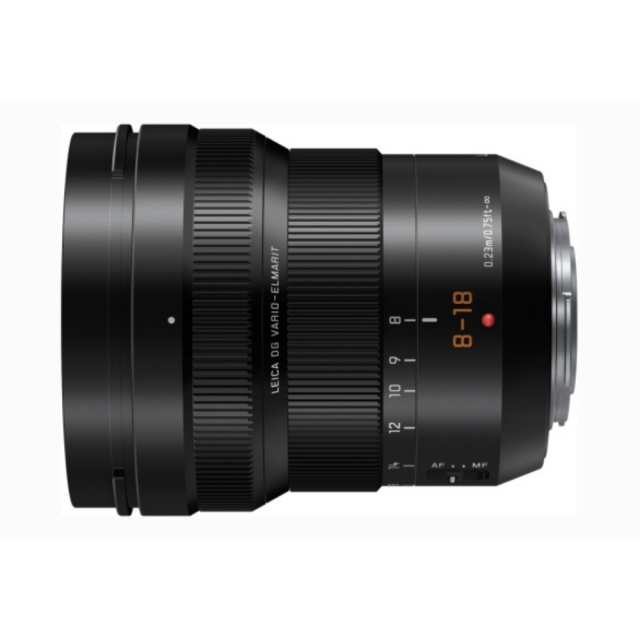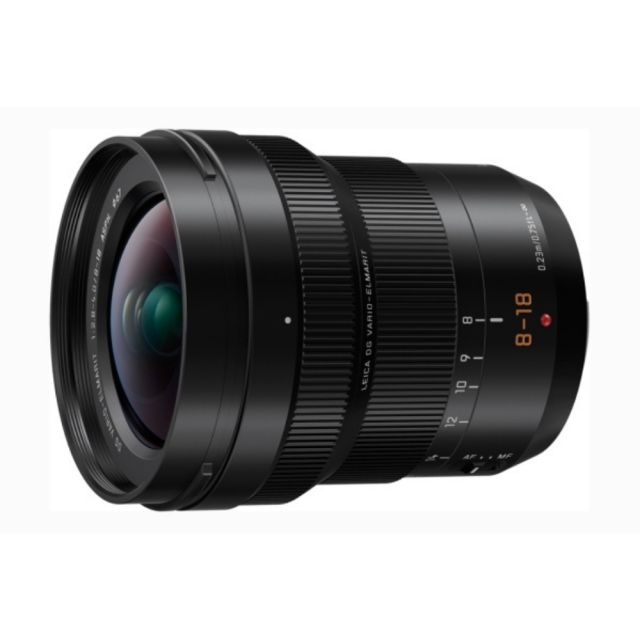
- Search
-
Login
-
0
ComparisonAdd products to compare, then they will appear here and you can compare parameters.
-
0
0 €Nothing in the basket.
Panasonic LEICA DG VARIO-ELMARIT 8-18mm F2.8-4.0 ASPH.
The LEICA DG VARIO-ELMARIT 8-18mm / F2.8-4.0 ASPH. (35 mm camera equivalent: 16-36 mm) is the second lens within the LEICA DG VARIO-ELMARIT F2.8-4.0 Series. It offers a zoom range of ultra wide to versatile 36 mm (35mm camera equivalent). It covers a variety of daily shooting situations, from dynamic landscapes to snapshots. Taking advantage of the F2.8-4.0…
Shipment day: Tomorrow
Praha 1 pcs
Top accessories for Panasonic LEICA DG VARIO-ELMARIT 8-18mm F2.8-4.0 ASPH.
Product description
The LEICA DG VARIO-ELMARIT 8-18mm / F2.8-4.0 ASPH. (35 mm camera equivalent: 16-36 mm) is the second lens within the LEICA DG VARIO-ELMARIT F2.8-4.0 Series. It offers a zoom range of ultra wide to versatile 36 mm (35mm camera equivalent). It covers a variety of daily shooting situations, from dynamic landscapes to snapshots. Taking advantage of the F2.8-4.0 high-speed performance, it is suitable for capturing starry sky or a night scenery. Comprising 15 elements in 10 groups, the lens system features an aspherical ED (Extra-low Dispersion) lens, three aspherical lenses, two ED lenses and an UHR (Ultra High Refractive Index) lens. The use of these lenses effectively suppress spherical distortion or chromatic aberration to achieve high resolution and contrast from center to corners, ensuring amazing picture quality. End of May 2017.

All of the lenses in this series feature a 9-blade diaphragm to give the aperture a rounded shape that produces an attractively smooth effect in out-of-focus areas when shooting at larger aperture settings. All lenses also take advantage of Panasonic's Nano Surface Coating technology to minimize ghosts and flaring. They boast a rugged, dust/splash-proof design and are even freeze-proof down to -10℃ to withstand professional use under harsh conditions. The high-quality video recording capability is also one of the advantages of this lens series. In late May, the LEICA DG VARIO-ELMARIT F2.8-4.0 Series lineup will expand with an additional lens, the LEICA DG VARIO-ELMARIT 8-18mm / F2.8-4.0 ASPH. Panasonic also announced plans to release a 50-200mm (100-400mm, 35mm camera equivalent) telephoto zoom lens, which is presently under development.
The linear motor enables the camera to comply with the sensor drive at max. 240 fps to take full advantage of cameras with high-speed, high-precision Contrast AF. It also helps to reduce wobbling. Notably, the new lens excels in video recording performance. In addition to the silent operation achieved by the inner focus drive system, the micro-step drive system in the aperture control section helps the camera to smoothly catch up to brightness changes when zooming or panning. The optical design achieves exceptional barycentric stability to minimize image shifts during zooming. The AF tracking performance in zooming is also improved thanks to high-speed frame analysis for focus control. Some of the F2.8-4 Series lenses are also available with the POWER O.I.S. (Optical Image Stabilizer) technology. The POWER O.I.S. effectively compensates for blurring, making it easy to shoot even in dim lighting. The lens works with the Dual I.S. (for LUMIX GX8), 5-axis Dual I.S. (LUMIX GX8), and 5-axis Dual I.S.2 (for LUMIX GH5 and G85) system when mounted on an applicable Panasonic LUMIX DSLM camera.
ACCESSORIES (3)
Panasonic LUMIX GH7L (GH7 + ES12060)
Panasonic LUMIX GH7 (Body)
Panasonic LUMIX GH7M (GH7 + FS12060)
To this product (3)
- Show all

SmallRig Cage for Nikon Z5/Z6/Z7/Z6II/Z7II Camera 2926B
Promotion: -14%SmallRig Cage for Nikon Z5/Z6/Z7/Z6II/Z7II Camera 2926 is a formfitting full cage74.49 €87 €In stock > 5 pcs
Panasonic LEICA DG VARIO-ELMARIT 8-18mm F2.8-4.0 ASPH.
The LEICA DG VARIO-ELMARIT 8-18mm / F2.8-4.0 ASPH. (35 mm camera equivalent: 16-361 219 €In stock 1 pcs















